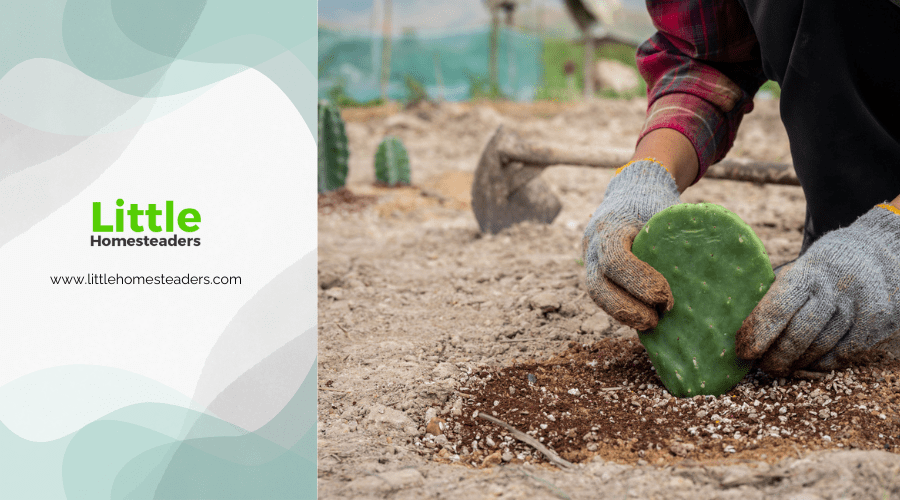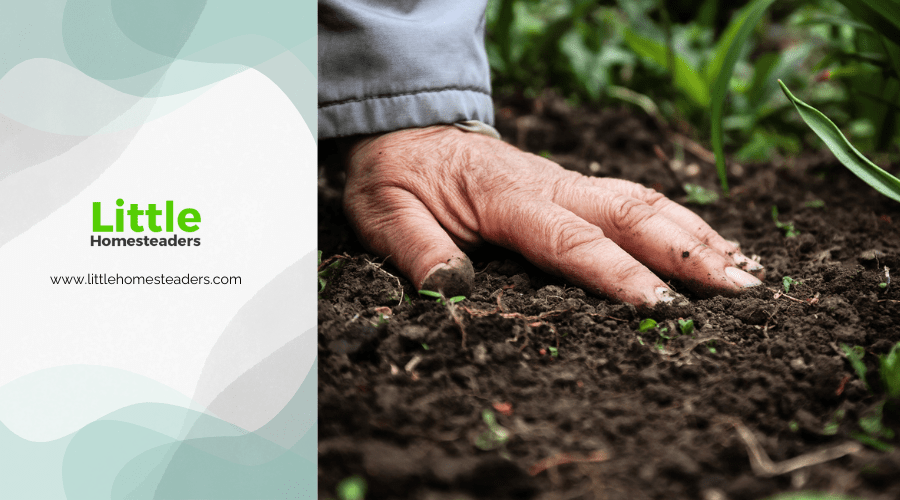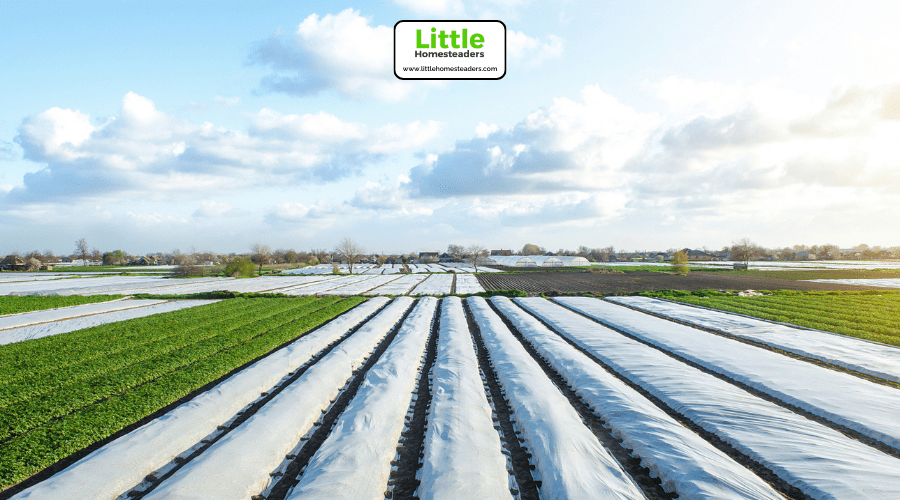The Advantages of Regenerative Farming for Healthier Soil and Crops

Soil is the foundation of agriculture, yet it’s rapidly degrading due to unsustainable practices. Over 33% of the world’s soil is already moderately to highly degraded, and this trend threatens global food security. But there’s a solution: regenerative farming. This approach is transforming agriculture into a sustainable, climate-resilient system that nurtures both the environment and farm productivity.
Regenerative farming doesn’t just aim to sustain—it seeks to rebuild. It enhances soil health, improves biodiversity, and reduces reliance on synthetic inputs. But how does it work, and what are the benefits? Let’s explore the principles, practices, and rewards of regenerative farming, highlighting why it’s the future of sustainable agriculture.
What is Regenerative Farming?
At its core, regenerative farming is about working with nature to create a self-sustaining agricultural system. Unlike conventional farming, which often treats the soil as a tool to be exploited, regenerative farming sees soil as a living, breathing ecosystem that needs to be nurtured. It’s about restoring what’s been lost and leaving the land healthier than you found it.
So, what sets regenerative farming apart? It prioritizes soil health, encourages biodiversity, and focuses on long-term sustainability. These principles aren’t just theoretical—they’re put into practice through specific techniques that help farmers rebuild their land and improve productivity.
Key Principles of Regenerative Farming:
- Healthy Soil is the Foundation: Everything starts with the soil. Regenerative farming builds organic matter, improves soil structure, and supports beneficial microbes that make nutrients more available to plants.
- Diversity Strengthens Resilience: Nature thrives on variety, and so do farms. Diverse crops and livestock create a balanced ecosystem, reducing reliance on synthetic pesticides and fertilizers.
- Water is a Precious Resource: Regenerative practices improve the soil’s ability to retain water, making farms more resilient to both droughts and floods.
- Carbon Sequestration as a Climate Solution: Healthy soil captures and stores carbon, helping to mitigate the effects of climate change while improving soil fertility.
These principles are good for the environment, too— they make farms more productive, profitable, and sustainable.
Core Practices of Regenerative Farming
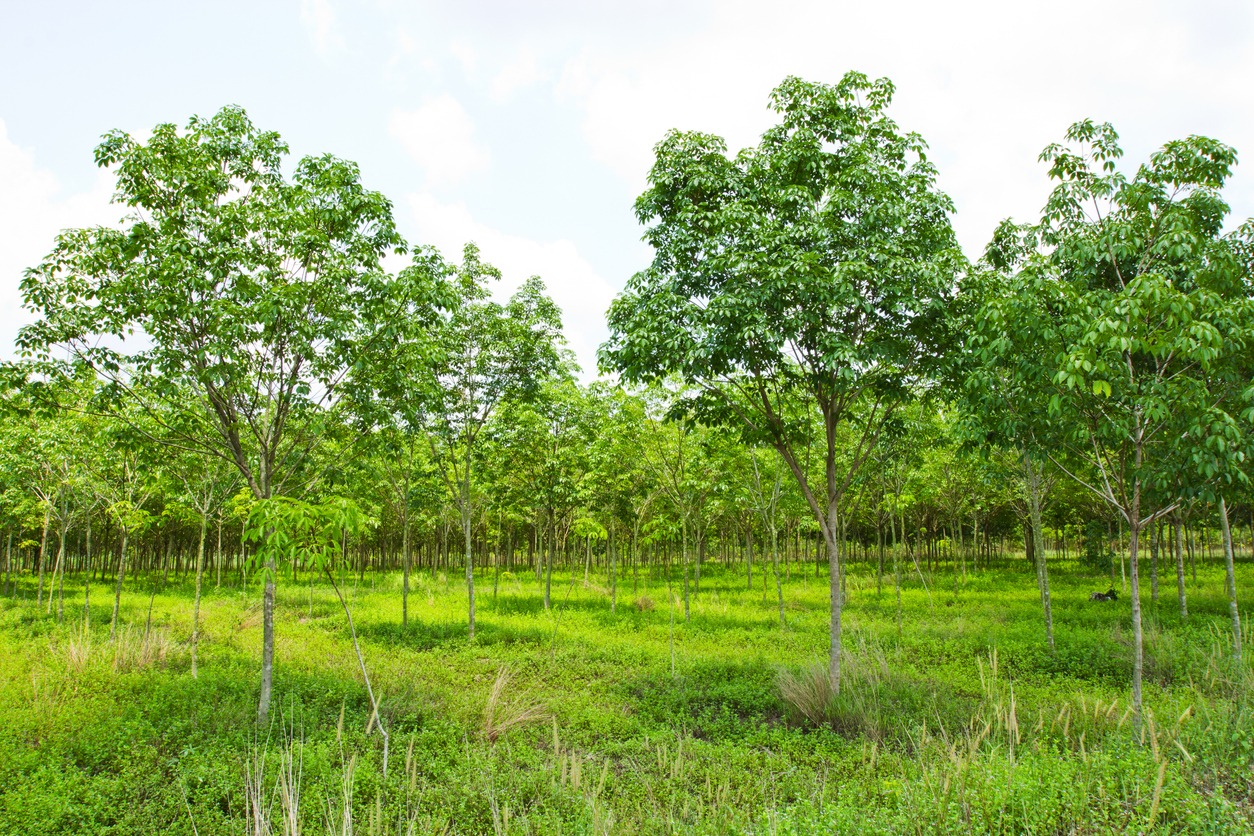
Regenerative farming isn’t a one-size-fits-all approach. It’s a toolbox of practices that farmers can adapt to suit their land, crops, and climate. Here are some of the most effective methods that are driving the regenerative movement:
1. Cover Cropping
Cover crops are grown in between cash crops to protect and enrich the soil. Think clover, rye, or buckwheat—plants that grow quickly, prevent erosion, and add organic matter to the soil.
What’s remarkable about cover cropping is its versatility. These plants suppress weeds, retain moisture, and improve soil fertility, all without the need for chemicals. Plus, they’re a win for biodiversity, providing habitats for beneficial insects and microorganisms.
2. No-Till Farming
Conventional tilling can do more harm than good, breaking up soil structure and disrupting the delicate ecosystem of microbes and fungi that plants depend on. No-till farming skips this step, leaving the soil undisturbed and intact.
While it may seem like a small change, no-till farming has a significant impact. It enhances water retention, reduces erosion, and fosters healthier soil. Over time, no-till practices can lead to higher yields and lower input costs.
3. Managed Grazing
Livestock aren’t just a source of food—they can also be a powerful tool for land restoration. Managed grazing involves rotating animals through pastures in a way that mimics the natural movement of wild herds. This prevents overgrazing, allows plants to recover, and spreads nutrients through manure.
The result is healthier grasslands, improved soil fertility, and greater biodiversity. In regenerative systems, livestock aren’t a burden on the land—they’re part of the solution.
4. Diversified Crop Rotations and Animal Integration
Growing the same crop year after year depletes soil nutrients and invites pests. Regenerative farming counters this with crop rotations that replenish the soil and disrupt pest cycles. Adding livestock to the mix takes things a step further, as animals contribute natural fertilizer and help manage weeds.
This practice turns farms into mini-ecosystems, where every element—plants, animals, and soil—supports the others.
5. Agroforestry and Composting
Agroforestry blends trees and shrubs with traditional farming practices, creating layered ecosystems that benefit biodiversity, stabilize soil, and capture carbon. Composting, meanwhile, recycles organic waste into nutrient-rich fertilizer, reducing the need for synthetic inputs and closing the loop on farm resources.
These practices aren’t just good for the environment—they’re good for farmers, too, making their land more resilient, productive, and profitable.
The Benefits of Regenerative Farming
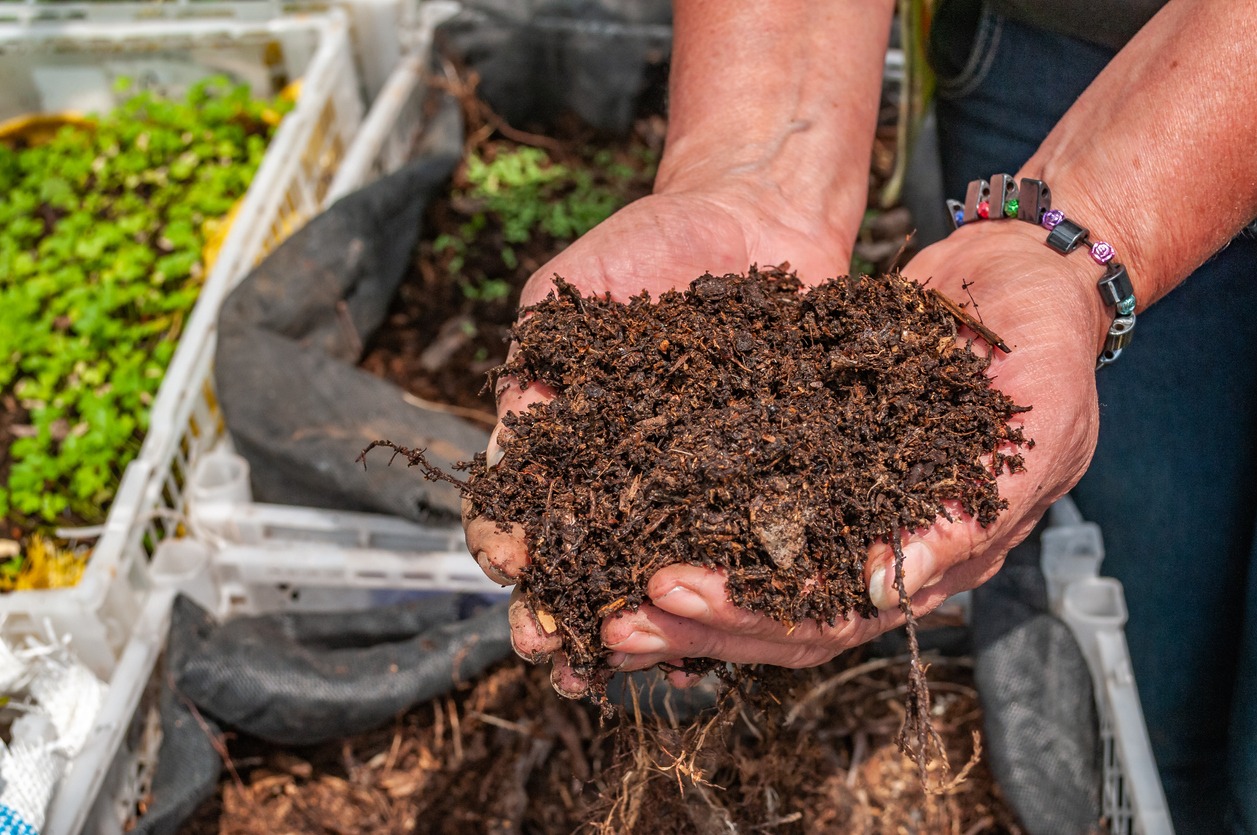
The advantages of regenerative farming go far beyond the farm itself. These practices improve soil health, strengthen ecosystems, combat climate change, and deliver tangible economic benefits for farmers.
1. Healthier Soil, Healthier Crops
Soil health is the foundation of agricultural success. Regenerative practices increase soil organic matter, which improves fertility, water retention, and resilience against drought.
- Better Water Retention: Healthy soil can hold up to 30,000 liters of water per hectare, reducing the risk of droughts and floods.
- Increased Fertility: Cover cropping and composting replenish nutrients, reducing reliance on synthetic fertilizers.
- Stronger Crops: Plants grown in healthy soil are more resistant to pests and diseases, resulting in higher yields and better quality.
2. Restoring Biodiversity
Biodiversity isn’t just nice to have—it’s essential for sustainable farming. Regenerative practices create habitats for beneficial insects, birds, and soil organisms that keep ecosystems in balance.
- Thriving Soil Life: A teaspoon of healthy soil can contain more microorganisms than there are people on Earth. These microbes play a crucial role in nutrient cycling and plant health.
- Wildlife Habitat: Agroforestry and cover cropping provide shelter and food for pollinators and other wildlife, supporting a healthy ecosystem.
3. Fighting Climate Change
Regenerative farming isn’t just about growing food—it’s about healing the planet. By sequestering carbon in the soil, these practices help offset greenhouse gas emissions.
- Carbon Storage: Healthy soils can store significant amounts of CO₂, making farming part of the climate solution.
- Resilience to Climate Extremes: Improved soil health and water retention make farms better equipped to handle droughts, floods, and extreme weather.
4. Economic Gains for Farmers
Regenerative farming is not only sustainable but also profitable. By reducing input costs and improving yields, farmers can boost their bottom line while protecting the environment.
- Lower Costs: Regenerative practices reduce the need for expensive fertilizers and pesticides.
- Higher Yields: Healthy soil produces healthier, more productive crops.
- New Revenue Streams: Carbon credits and regenerative certifications open up additional income opportunities.
Overcoming Challenges in Adoption
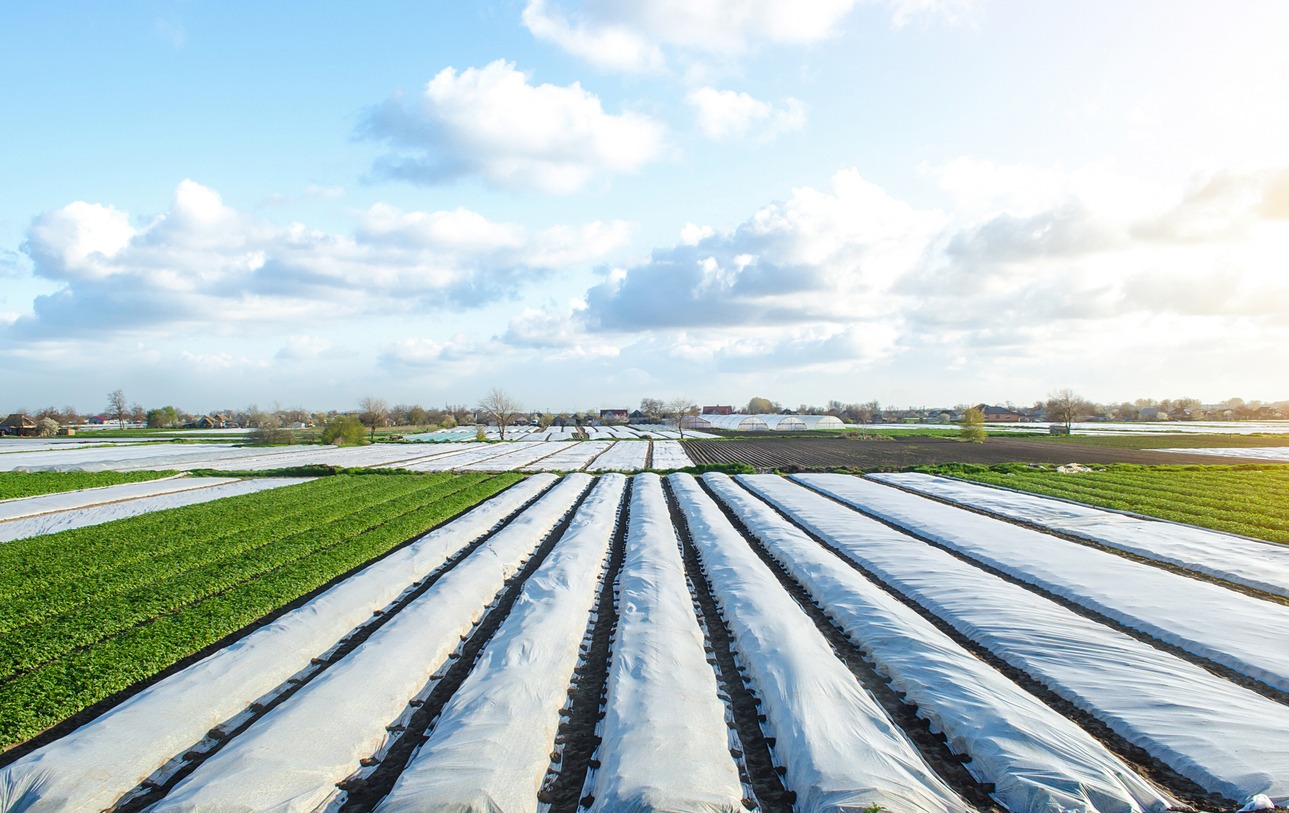
Transitioning to regenerative farming can be daunting, especially for farmers accustomed to conventional methods. However, the challenges are manageable with the right support:
- Start Small: Farmers can integrate one or two regenerative practices, such as cover cropping or reduced tillage, to begin with.
- Seek Support: Government programs, educational workshops, and farming networks offer resources and funding to ease the transition.
- Focus on Long-Term Gains: While the initial shift can involve upfront costs, the long-term benefits—healthier soil, lower costs, and higher yields—make it worthwhile.
A Vision for the Future
Regenerative farming is more than just a solution for individual farms—it’s a blueprint for a sustainable future. Imagine a world where agriculture restores ecosystems, mitigates climate change, and produces abundant, healthy food. That’s the promise of regenerative farming. By embracing these practices, we can create a resilient, sustainable food system that benefits everyone.
Conclusion
Regenerative farming isn’t just a trend—it’s a revolution in how we think about agriculture. By rebuilding soil health, increasing biodiversity, and reducing reliance on synthetic inputs, it offers a path to a more sustainable and prosperous future. Whether you’re a farmer, a policymaker, or a consumer, there’s a role for everyone in supporting this movement. Together, we can cultivate not just healthier soil and crops but a healthier planet for generations to come.

